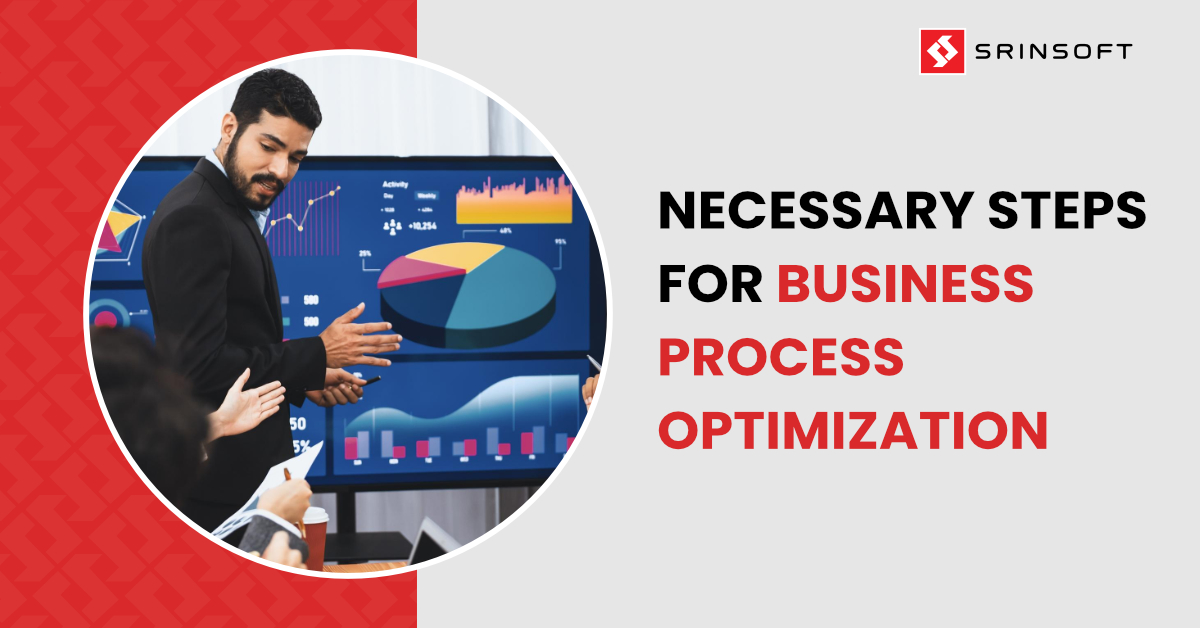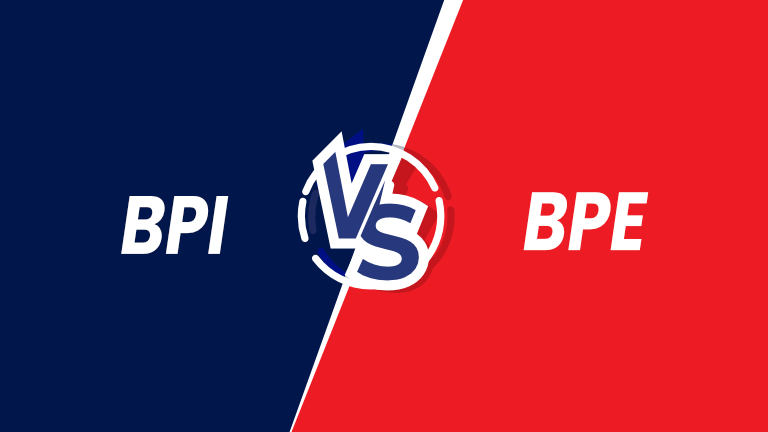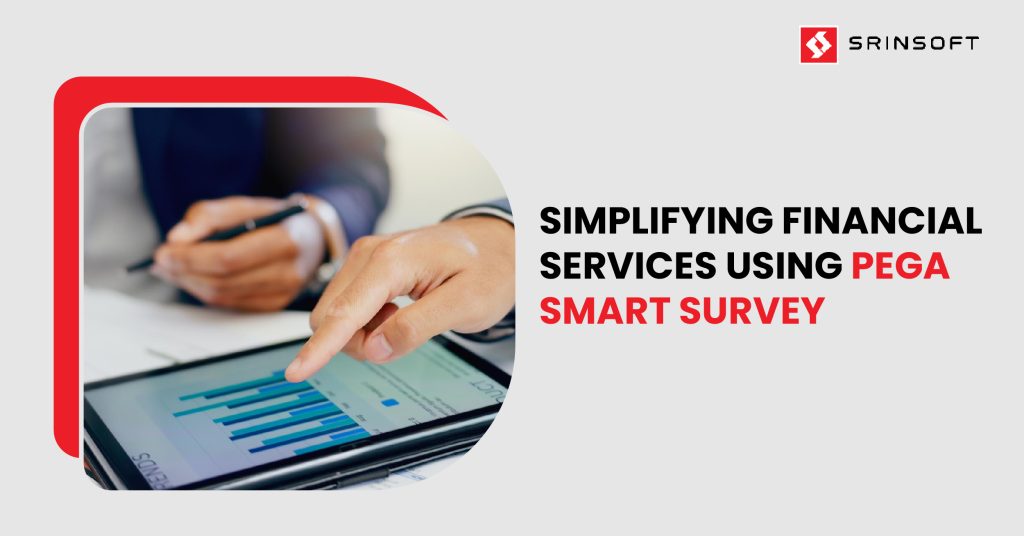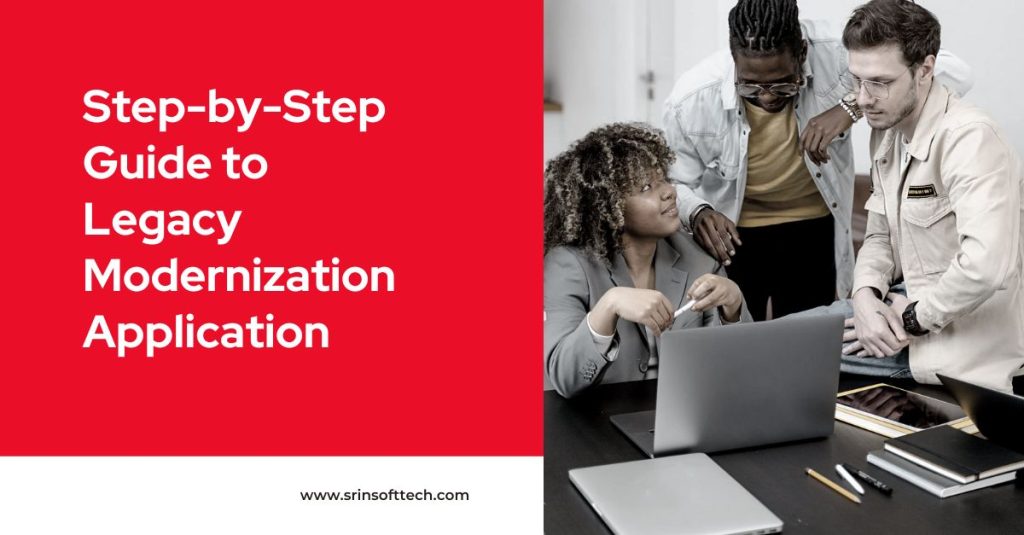
In any organization, business processes form the backbone of operations. However, they are often far from ideal. Processes can be filled with inefficiencies, bottlenecks, and redundancies to name a few. This is why Business Process Improvement becomes necessary not only in daily operations but also to stay competitive in the long run. Through Business Process Optimization, organizations can bring about impactful changes to their operations that enhance efficiency, productivity, and consequently the company’s goods and services. For businesses to streamline their processes, cut costs, boost quality, and make customers happier, they need to essentially use BPI strategies.
In this article, we’ll explore the benefits of BPI, its significance, benefits, as well as key differences between BPI and Business Process Engineering (BPE). We’ll also outline the steps involved in optimizing business processes.
What is a Business Process Optimization?
For an organization to achieve its business objective, there are a lot of functions that are all intricately connected. So, you can think of a business process as a set of tasks that need to be performed in a particular order for an organization to reach its business goal. Business Process Optimization can include various tasks in different areas, like production, sales, marketing, customer service, finances, and more. Business processes make sure that tasks are done in a planned and organized way. They are what keep an organization running smoothly.
Why is Business Process Optimization Necessary?
Business Process Optimization offers several advantages to organizations. Here are some key benefits:
- Efficiency Boost: This helps to streamline processes. By improving processes, you can get rid of inefficiencies, which in turn makes sure that work gets done faster and with fewer errors.
- Cost Savings: This can help companies save costs. By improving processes, you reduce overhead costs, such as labor, materials, and operational expenses.
- Quality Improvement: Business Process Optimization focuses on doing things right the first time, leading to better products and services.
- Customer Satisfaction: Business Process Optimization makes processes smoother and more efficient. This leads to improved quality of goods and services which makes customers happier.
- Competitive Edge: Business Process Optimization helps businesses stay ahead of the competition by being more efficient and responsive to market changes.
Learn More : Improving efficiency with Workflow Orchestration
BPI vs BPE

BPI: Incremental Improvements for Continuous Enhancement
Business Process Improvement (BPI) is the process of improving current operational workflows to make small but noticeable gains in efficiency, effectiveness, and total performance. BPI focuses on first finding processes that are inefficient, have bottlenecks, or waste and then making small changes over time to improve results, cut costs, and ease workflows.
BPI works in small steps, making small changes to current systems over time. It uses methodologies like Lean, Six Sigma, and Kaizen to find and get rid of inefficiencies in the process. BPI is based on the idea of continuous improvement, which says that small changes over time can add up to big improvements.
BPR: Redesign for Transformational Results
Business Process Engineering (BPE) approaches process improvement with the intent of overhauling and remodeling current processes from the ground up. The goal of BPR is not just to make things better, but to change them so that performance, efficiency, and results are much better.
BPE looks to change the status quo of the process and conventional practices imbibed in them. BPE looks to eliminate ineffective methods and replace them with new and better ones. For BPE to be successful, it requires a lot of changes in organizational systems, jobs, and tools to make an impactful difference.
Key Differences Between BPI and BPE
Scope of Change
BPI focuses on making small changes to existing processes that can be done within the current structure of the company. BPE involves completely rethinking and overhauling processes to bring about broad change and free the organization from traditional ways of doing things.
Approach
BPI is a method for preventing problems and improving processes before they happen, even if there aren’t any problems yet. BPE is often initiated in response to impending disasters or significant external changes, driving the need for rapid and radical transformation.
Timeframe and Impact
BPI can lead to quick wins and better results because it focuses on fixing and maintaining current processes. BPE takes a long time to bear results because it aims to improve the way an entire company works and needs to be carefully planned out and put into action.
Steps to Implement Business Process Optimization
Step 1: Identify Areas for Business Process Optimization
The first step in BPI is to identify which processes within your organization need improvement. Look for processes that involve excessive rework, manual data processing, or frequent issues. Conduct a thorough analysis, involve your team, and use tools like process assessment software to pinpoint key areas for optimization.
Step 2: Set Clear Goals
An improvement process won’t begin without setting reasonable goals. Having clear targets will help you plan your improvement methods and understand how well they’re working. Once you have identified the process to improve, set clear, measurable goals for your optimization efforts. Determine what you want to accomplish, whether it’s cutting costs or improving quality.
Step 3: Map Current Processes
A much-needed prerequisite to process improvement is to have detailed documentation on process workflows which helps you to analyze and understand how they operate. By doing this you can identify the shortcomings in your processes like bottlenecks, redundancies, and inefficiencies. In addition to documentation, using process planning tools can help you visualize workflows and find areas where they can be improved. These activities lay the right foundation for you to carry out process optimization projects successfully.
Step 4: Engage Stakeholders in Business Process Optimization
You will generate many novel ideas for improvement once you start involving all the people related to a particular process. Make sure to involve employees, managers, and relevant stakeholders in the Business Process Optimization process. Their insights and expertise can provide valuable perspectives on current processes and help generate ideas for improvement. Collaboration is important for BPI projects to go well.
Step 5: Brainstorm Improvement Ideas in Business Process Optimization
Get people to think creatively and come up with ways to improve systems. Consider both small changes that can make a big difference and big changes that can bring about radical changes. Think about how each idea might affect things as well as its feasibility.
Step 6: Prioritize Improvement Opportunities
Once you brainstorm, you will come up with many opportunities for improvement and many ways for improvement. You need to evaluate what effects can the improvement ideas have as well as how likely they are to work. Among the ideas to implement, the most important ones should be those that have the best chance of making a big change. You should pay utmost attention to changes that help you reach your goals and fix the most important problems in your business.
Step 7: Design Improved Processes
Based on the improvement strategies that have been decided, design new processes or changes to current ones. Make sure the changes you make will help you reach your goals and fix the issues you’ve found. Document the redesigned processes so that they are clear and consistent.
Step 8: Implement Changes in Business Process Optimization
Make the changes that were suggested gradually and test them out on a small scale before implementing them on a full scale. To make sure the new processes are adopted successfully, train the people who will be using them and make sure they know about the changes.
Step 9: Monitor and Review
Continuously monitor the performance of the improved processes by using standard KPIs. Get input from employees and other stakeholders and be ready to make more changes based on what you learn. Check in regularly to see how well the changes are working and make improvements as needed.
Step 10: Repeat and Iterate
Business process improvement is not a single event and is done over a long period. Repeat the above steps periodically until you find stability in the process. However, problems might still crop up despite optimizing the process, so fix them as needed. Look for opportunities to further optimize those processes that have already been working well. Adopt a mindset of continuous improvement to ensure long-term success.
Conclusion
Organizations can never be devoid of flaws in their processes. As organizations scale, their processes can get complex, which can in turn amplify the inefficiencies in the system. However, with a robust BPI strategy, organizations can achieve stability in their processes not only across time but also when they scale. Although BPI is an indispensable aspect of running a business, establishing a system for the successful implementation of changes takes time. Organizations should inculcate a culture of continuous improvement and meticulously follow the BPI strategies periodically to see the efforts of improvements bear positive results.


